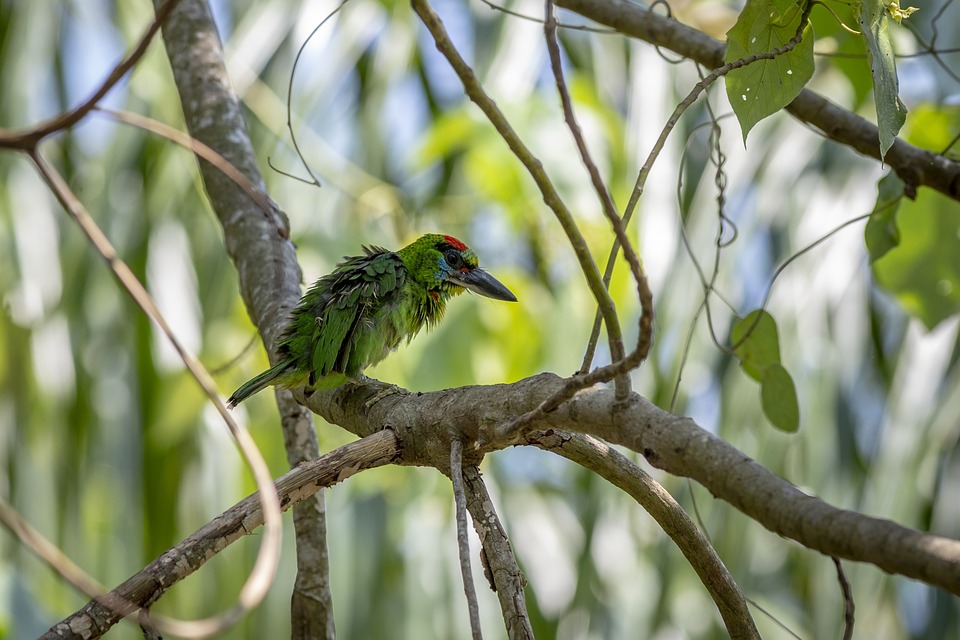Training parrots can sometimes be a challenging task, especially when they become stubborn or unresponsive. However, with the right techniques and approaches, you can discourage this behavior and maintain a positive training relationship with your feathered friend. This article will provide you with effective methods to address stubbornness and unresponsiveness, as well as answer some frequently asked questions to help you navigate common challenges.
Firstly, it is important to understand parrot behavior to effectively train them. Recognizing natural parrot behavior, such as vocalizations or body language, can help you identify signs of stubbornness or unresponsiveness. Additionally, establishing realistic expectations will prevent frustration during the training process.
Building trust and bond with your parrot is crucial for successful training. Creating a positive and secure environment, establishing a regular routine, and utilizing positive reinforcement techniques, such as treats or praise, can strengthen your relationship and encourage your parrot to be more responsive.
Consistency is key in parrot training. It is important to maintain consistency in your training approach and cues to avoid confusion. Mixed signals can lead to stubborn behavior. Setting clear boundaries and expectations will help your parrot understand what is desired of them.
Providing mental stimulation is essential to keep your parrot engaged and prevent boredom. Offering a variety of toys and activities, incorporating foraging exercises, and engaging in interactive playtime will keep their minds stimulated and make training sessions more enjoyable for them.
Sometimes, it may be necessary to adjust your training methods. Recognizing when to modify techniques, incorporating shorter and more frequent training sessions, and using different training tools and techniques can help overcome stubbornness and maintain your parrot’s interest.
If your parrot continues to display stubborn behavior, it is important to address it appropriately. Identifying potential triggers, implementing behavior modification techniques, and seeking professional assistance if necessary can help address the issue.
Now, let’s address some frequently asked questions:
Q1: Why is my parrot suddenly becoming stubborn during training?
There can be various reasons for sudden stubbornness, such as changes in the environment or underlying health issues. It is important to identify these factors and adjust your training approach accordingly.
Q2: What are some effective positive reinforcement techniques?
Positive reinforcement plays a crucial role in parrot training. Examples of rewards and treats include favorite foods or verbal praise. Timing and consistency in rewarding desired behaviors are essential for effective training.
Q3: How long does it take to train a parrot?
The duration of training varies for each parrot, as they all have unique personalities and learning abilities. Factors such as age, previous training experiences, and the complexity of the behavior being trained can influence the training duration. Patience and perseverance are key in the training process.
Q4: My parrot seems uninterested in training. What can I do?
Assessing the training environment, incorporating fun and interactive elements, and finding alternative motivators for your parrot, such as different types of treats or toys, can help regain their interest in training.
Q5: Can I train my older parrot, or is it too late?
It is never too late to train an older parrot. While it may require some adjustments to training methods, tailoring them to suit their needs and taking things slowly can still yield positive results. Patience and consistency are crucial.
In conclusion, by understanding parrot behavior, building trust, maintaining consistency, providing mental stimulation, adjusting training methods, and addressing stubborn behavior, you can discourage your parrot from becoming unresponsive during training. Remember, each parrot is unique, and patience is key in the training journey. With the right techniques and a positive approach, you can strengthen the bond with your feathered companion and achieve rewarding training results.









